RLS is a very common disease among the elderly. In our article below, we give some simple tips to prevent restless legs in seniors.
Contents
Restless leg syndrome is a severe condition that is very common in seniors. A person suffering from restless legs syndrome experiences itchiness and discomfort in their legs all the time. This condition is more severe after the person has gone to bed.
In this article, we will talk about this condition and how to prevent it.
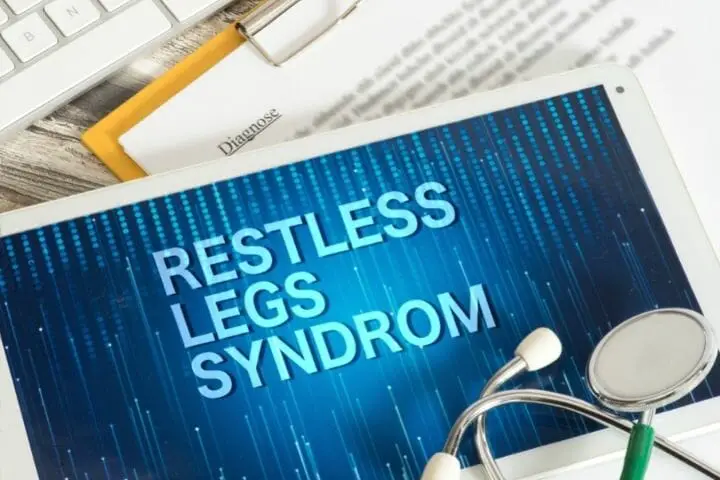
What Is Restless Leg Syndrome?
RLS is also commonly known as the Willis-Ekbom disease. It is a neurological disorder that affects the legs of the person. Between 7 to 10 percent of people in America suffer from this condition.
Restless leg syndrome will make you feel that your legs have been working out constantly even when the rest of your body and mind are at rest. Restless leg syndrome is a more common disease found in women than men, it can occur at any age, but it is most visible in adults.
This condition affects about 1 in 10 people above the age of 60. Restless leg syndrome can also lead to insomnia in many cases as the patient cannot sleep peacefully at night.
You might like to read: Does CBD Work for Restless Leg Syndrome
Symptoms Of Restless Leg Syndrome
The chief symptom of this leg syndrome is the constant urge in the person to move their legs. People suffering from this syndrome are very likely to suffer from aches, pain, and other sensations in their legs. Usually, the symptoms of this condition are most prominent when the person is lying down on the bed or when the person is sitting.
The patient may also experience twitching and restlessness, especially at night. This condition also comes up with other accompanying symptoms, such as a tingling sensation in the legs when you go to bed.
This sensation will likely start in the evening or at night when you are about to sleep. Avoid sitting or lying down at the same place for a long time, such as in movie theaters, cars, or airplanes.
Periodic limb movement is another symptom of restless leg syndrome. In this symptom, the legs will start to twitch and kick on their own while the person is sleeping.

What Are The Various Types Of Restless Leg Syndrome?
A person can go through two types of restless leg syndrome. These types are briefly explained below as:-
Primary or idiopathic restless leg syndrome
In this type of syndrome, the cause for the condition is unknown to us. You can identify this type of syndrome from its most common characteristics, such as it usually affects people above the age of 40.
However, it can also occur to people in their childhood. This type of restless leg syndrome is most likely to be permanent, and it can also be due to genetic or hereditary reasons. The symptoms of the patient will be irregular and sporadic at the beginning. These symptoms will gradually start to worsen.
You might like to read: Do Bananas Help With Restless Leg Syndrome?
Secondary Restless leg syndrome
In these cases, the restless leg syndrome is most likely temporary due to any other disease. This type of syndrome occurs after the age of 45. It will not have any link to the genetics of your parents.
You can characterize this type of restless leg syndrome if it starts suddenly. The symptoms that a person has in this type remain the same throughout. They don’t get any worse with time. There are many diseases or conditions that can trigger restless leg syndrome for a short time
- Diabetes
- Parkinson’s disease
- Kidney failure
- Iron deficiency
- Neuropathy
- Pregnancy
- Arthritis
This type of restless leg syndrome usually has a definite cause. Restless leg syndrome is linked to how the body processes dopamine. It is a natural hormone responsible for controlling the movement of muscles in our body.
About 20% of pregnant women face some restless leg syndrome symptoms during the last trimester of their pregnancy phase. The reason why women go through this is not quite yet clear.
Periodic limb movement disorder
This is the third and final type of restless leg syndrome. It is a condition mostly related to sleep. The person suffering from this condition starts moving their limbs and legs while asleep.
Sometimes these limbs might jerk or twitch without any control.
This condition also falls under the category of a sleeping disorder. The quality and the length of sleep are affected by this condition as the patient will frequently wake up at night, worsening the restless leg syndrome symptoms.
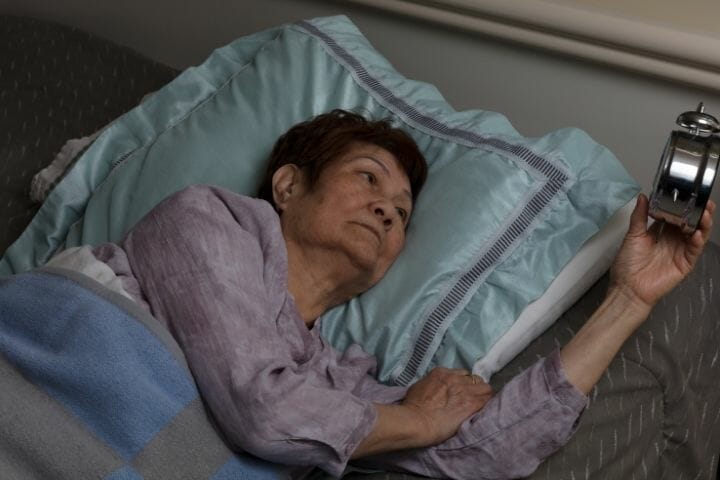
You might like to read: Do Compression Socks Help Restless Leg Syndrome?
What Are The Potential Causes Of Restless Leg Syndrome?
- Pregnancy: Pregnancy is among the causes due to which Restless leg syndrome symptoms can worsen in people. Especially when this condition affects women more than men, you should be careful during the last trimester of the pregnancy period. Most of the time, these symptoms are not permanent, and they disappear after the kid’s delivery.
- Hereditary: This condition can start before the age of 40 in the cases where this condition occurs because of heredity. Sometimes there is a link between the genes that travel from a parent to an offspring. These genes may also carry the genes that may develop such conditions over time.
- Old age: As you grow older, you are more vulnerable to restless leg syndrome, as this condition mainly occurs due to the deficiency of some hormones in the body. Most are restless leg syndrome cases found globally in people above the age of 60.
- Iron deficiency: The deficiency of iron in the body can worsen the symptoms of restless leg syndrome in the body. If you have previously suffered from bleeding from your stomach or bowels, it indicates that your body lacks iron.
- Kidney failure: Often, kidney failure, and iron deficiency go hand in hand. When your kidneys stop working correctly, the iron stored in your body will decrease. This has a direct relation with aggravating the symptoms of restless leg syndrome.
Essential Tips To Prevent Restless Leg Syndrome
Change your bedtime
This condition mainly troubles the patient while sleeping or at night. You can adjust or change your bedtime. You will have to figure out the time that best suits your condition.
According to some reports, sleeping early in the evening and sleeping later in the morning will help you reduce restless leg syndrome symptoms.
The trigger for restless leg syndrome is the cortisol level inside your body. Cortisol is a hormone inside our body whose primary function is to repair damaged tissues.
In the night, the cortisol level drops for every person, due to which the restless leg syndrome symptoms increase at night. You can keep at bay or lessen these symptoms by managing your cortisol levels by maintaining a regular rhythm and following healthy habits.

You might like to read: Best Knee Warmers for Arthritis
Adjust your routine
If you have started to sleep early in the evening and late in the morning, you will also have to adjust your entire routine according to your sleeping schedule. To accommodate your sleeping time, you will have to move ahead to your dinner time.
You will also have to make sure that you don’t have any stressful activity during the evening, as stress will affect your sleep cycle.
To have a peaceful sleep, you can try to get away from all-electric and smart gadgets at least one hour before rest. Make sure that you have a relaxing bedtime routine at both times before you go to sleep and after you go to sleep. You will require an adequate amount of rest to recover from this condition.
To ensure that you get adequate rest, you can prepare your breakfast at night to get that extra sleep or rest in the morning. Proper rest will massively reduce the chances of this condition from occurring.
Have a helpful bedtime routine
You can have a positive and helpful routine while you sleep so that the restless leg syndrome symptoms don’t relapse. Certain peaceful activities will help you relax your mind, body, and soul, such as drinking tea or coffee, reading a book, preparing your bed, etc.
You should try and read something that is relaxing and light rather than being too stimulating. Reading horror stories or thrillers might not be a good idea to prevent restless leg syndrome.
You can also follow another helpful bedtime tip to avoid deep or emotional conversations before sleeping. These types of conversations are very likely to bother you while you sleep. Such conversations can also keep you awake, which would lead to a lack of proper rest.
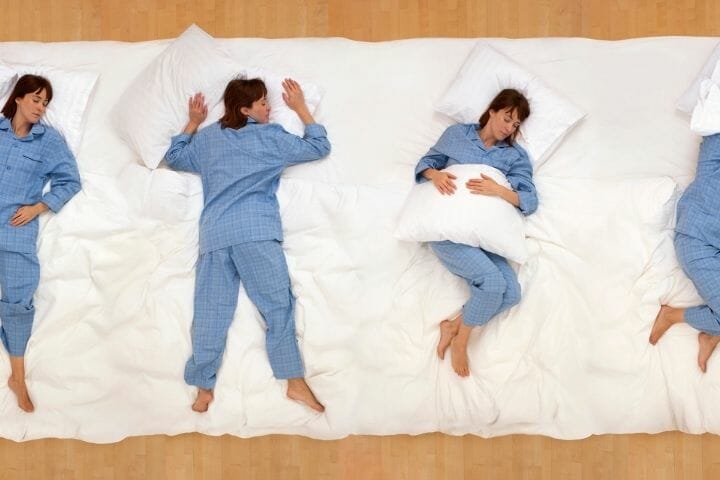
You might like to read: Best Natural Sleep Aid for the Elderly
Stretch before sleeping
Exercise and stretching are effective in the prevention of restless leg syndrome. During this condition, you will suffer from a very strong urge to move your legs uncontrollably, mostly at night.
So if you willingly move your legs, arms, and body before sleeping, your urge to move them will be reduced, and you will no longer feel that restless urge again. You can also follow a regular stretching routine to prevent the symptoms of restless leg syndrome.
Stretch your legs
Stretching your calf muscles will remove all the stress and tension built up in the muscles. You can start by standing two feet away from the wall and keeping your heels on the floor. Now you have to start leaning towards the wall to feel your calf muscles stretching and pulling themselves.
You can continue to follow this entire process until both your calf muscles are completely stretched. If you can incorporate this exercise into your daily habit, it will prove very beneficial.
Reduce caffeine from your diet
Caffeine is a powerful trigger for RLS. You should eliminate it from your diet and daily routine for best results. Caffeine gives our body a temporary boost of energy whenever we need it. The patients suffering from this condition already suffer from sleeping problems. Caffeine consumption can further increase this sleeping problem.
Lack of sleep may be why you remain tired throughout the next day. Tiredness and fatigue will reduce the cortisol level in your body below the standard level, boosting the symptoms. Even 400 grams of caffeine can reduce your sleep time between three to six hours. Effects of caffeine can last longer than 12 hours, and they can even carry forward to the next few days. If you consume caffeine early in the morning, it will likely affect your sleep at night.
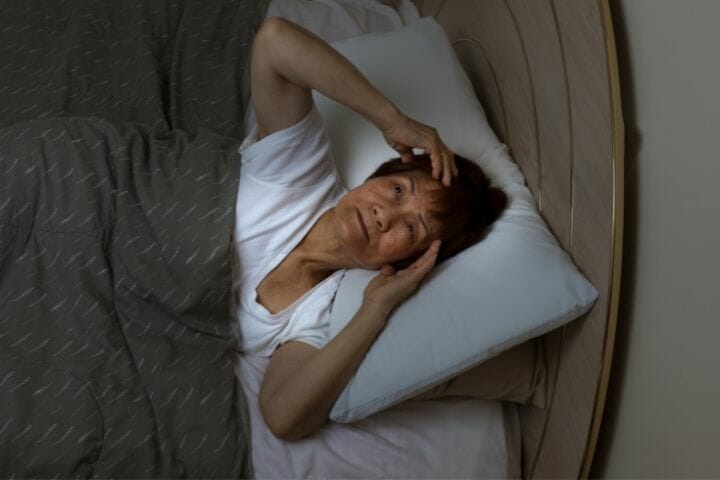
You might like to read: The Ultimate Guide to Aging Well: Diet, Exercise and Health Tips for Seniors
Have relaxing baths
Having a relaxing and peaceful bath can also prevent the majority of the symptoms of this condition. Take a warm shower or try relaxing in a warm bathtub. It will help relax the muscles in your body. Warmth and heat are likely to reduce any form of twitching and spasms.
You can enhance your bathing experience by using some special essential oils and crystals. These are simple ingredients that you can add to the water and enjoy your bath.
For instance, if you want to relax and sleep, you can use Lavender essential oil as it produces that sensation inside us. Chamomile rose, and a mixture of baking soda and bentonite have a similar soothing experience to Lavender.
Change the temperature
Changing or increasing the temperature will also improve and prevent the symptoms from worsening. The main motive here is to provide warmth to your feet. You can do this by having a hot shower, applying a hot water bottle, or with the help of heated blankets.
Perform moderate exercises
Moderate exercise keeps the body fit and promotes a night of sound sleep. You can schedule morning or evening workouts to perform these exercises regularly.
Remember to schedule these exercises at a suitable time so that you don’t exercise too late as it would make it harder for you to sleep at night. Exercising, in general, is very good for the body. In the case of restless leg syndrome, you will experience less urge to move your legs.
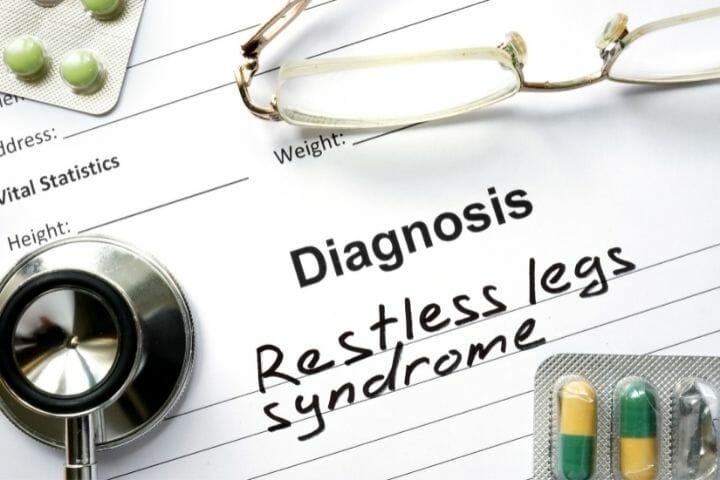
Some Final Words
Restless leg syndrome might not look serious initially but can seriously impact your everyday life. Hence, come out of your sedentary lifestyle and embrace a healthy and active life.
We hope that details like the symptoms and simple tips that you can follow to prevent restless leg syndrome were helpful to you. Most of the tips mentioned above are easy to follow and incorporate into your daily life.
If you liked the content, please do not forget to share it on your social media platforms and groups.
